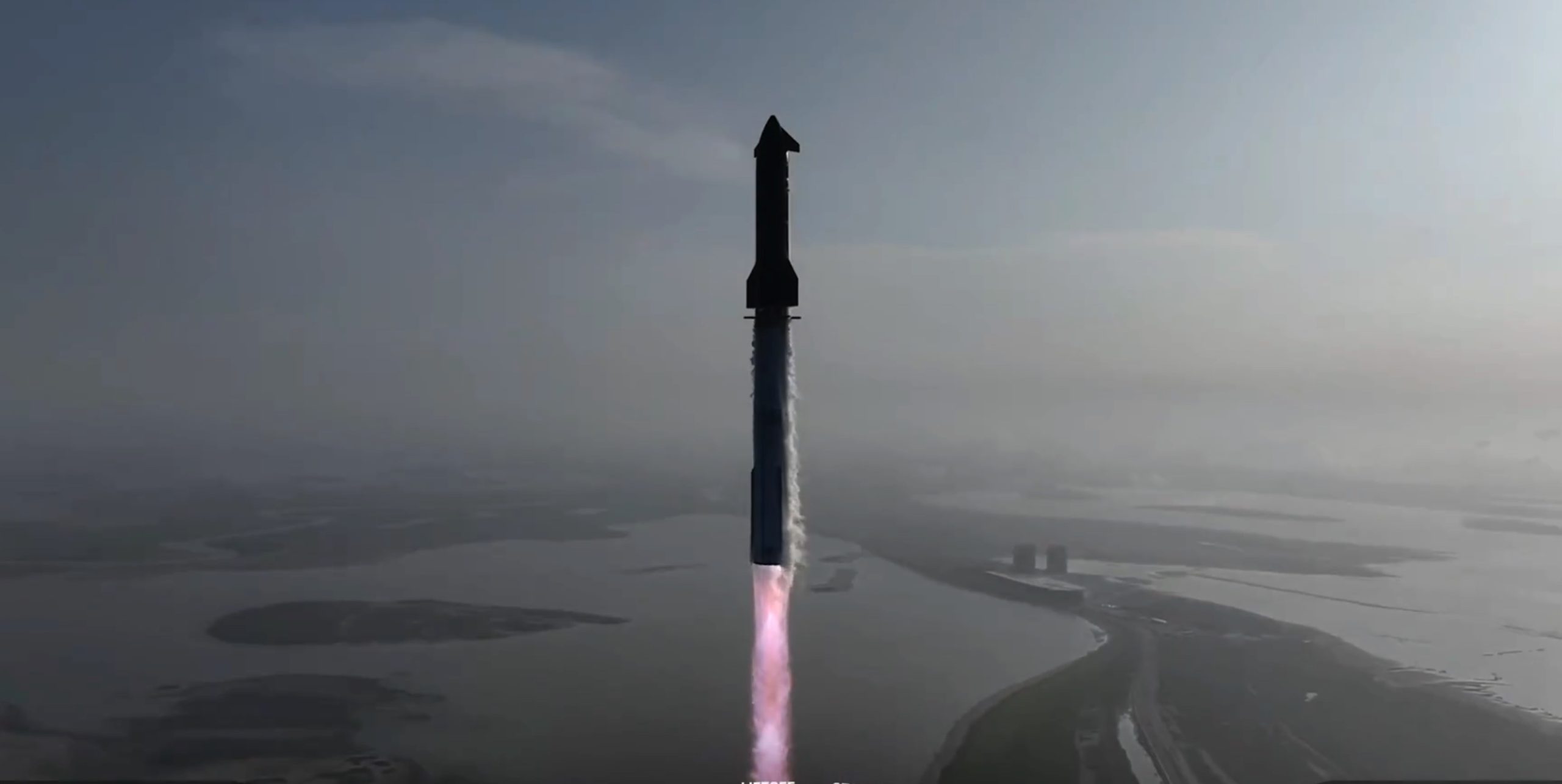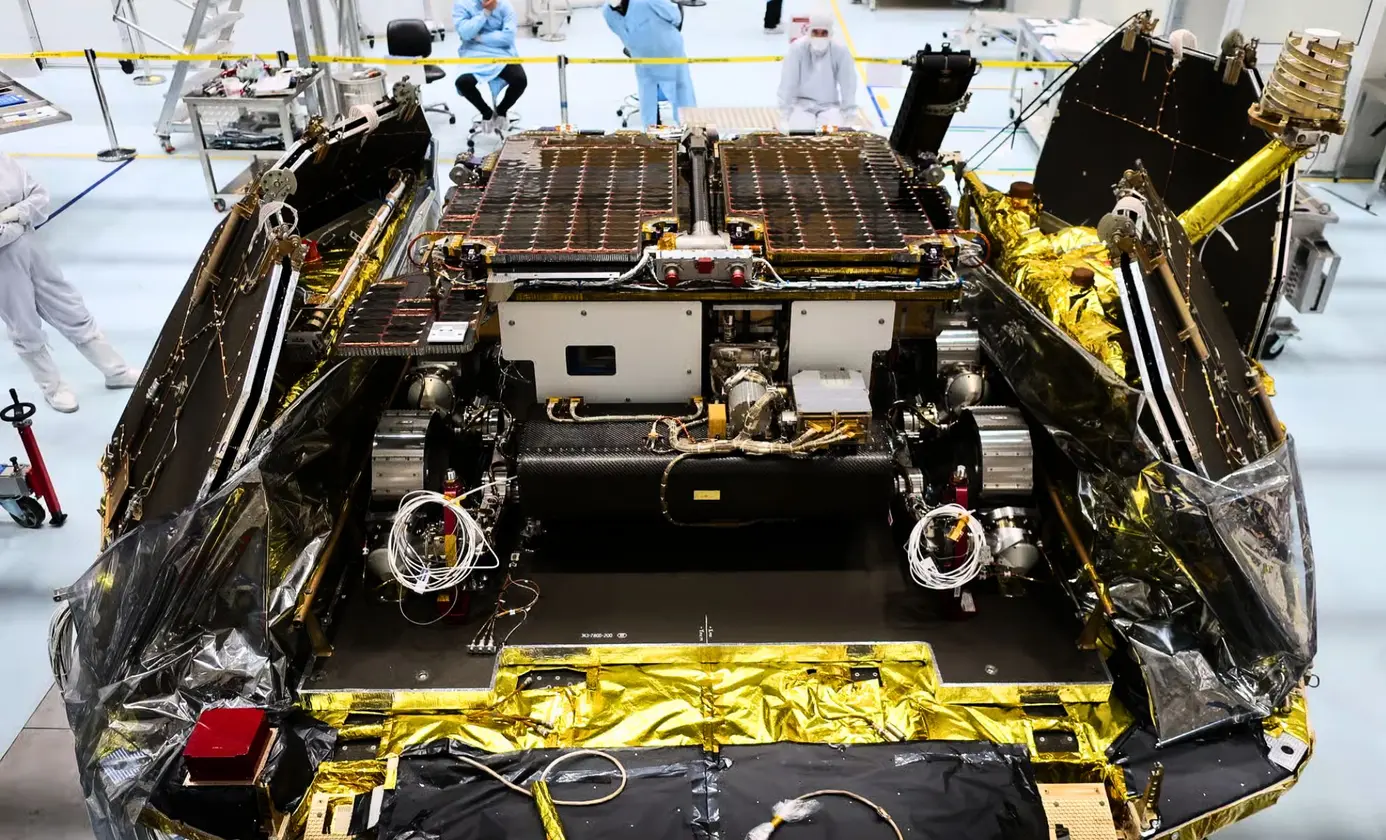T4K3.news
Space collaboration defines the next decade
A look at how legacy contractors and new space startups are shaping the next decade in space.

A reflection on how legacy contractors and new space startups now work together to expand the space economy while facing budget policy and safety challenges.
Space collaboration defines the next decade
The 40th Space Symposium in Colorado Springs drew more than 15 000 attendees in 2025, showing space has grown from a niche government event to a global industry that attracts entrepreneurs policymakers and even Hollywood influencers. The event highlights a shift from a narrow Space 2.0 debate to a broader ecosystem where collaboration drives progress and tensions persist as the sector expands.
Industry estimates place the space economy at over 630 billion dollars in 2023 with forecasts that it could top 1 trillion by 2030 and reach about 1 8 trillion by 2035. The growth is powered by lower launch costs advances in AI and expanding commercial services. Old space has not faded it has adapted and now works with new players through programs like Artemis where schedules have shifted toward 2026 for Artemis II and long term plans for missions with Starship. Boeing and SpaceX show how traditional contractors and new entrants can share the stage while keeping safety front and center.
Beyond rockets the field is growing with new firms such as Iceye and York Space delivering radar and satellite buses and with Starlink delivering broadband from orbit now serving thousands of remote areas. Debris management rises on regulators agenda as rules on upper stage disposal move forward while international coordination remains uneven. The Artemis Accords count more than 40 signatories and private ventures like VAST point to a growing private space station footprint as the sector expands into new kinds of infrastructure.
Key Takeaways
"The key to thriving lies in bridging old and new"
Editorial thesis that underpins the piece
"Space debris has reached critical levels"
A safety and sustainability concern raised in the article
"The collaboration between the nation state and commercial space capabilities will only continue to grow from here"
Policy and industry synergy outlook
"The stars await not the skeptical, but the adaptive and united"
Closing aspirational line
The core idea is a shift from rivalry to collaboration. Old space and new space are blending into an ecosystem where reliability meets speed and risk sharing becomes common. This trend could redraw how projects are funded regulated and executed in space. It also signals a broader lesson for other high tech sectors where partnerships beat silos.
Yet the path is not without risk. Debris is a growing hazard and rules lag in a fast changing field. Geopolitical tensions and budget politics can disrupt programs and shake public confidence. A proactive mix of public policy investment responsible innovation and open international cooperation will determine whether the promise of multi planet exploration becomes a shared achievement or a costly detour.
The decades ahead will test how well government agencies and industry players can align incentives safety standards and long term goals. If they succeed space could become a resilient global enterprise that serves science commerce and public interest instead of a narrow elite project.
Highlights
- The key to thriving lies in bridging old and new
- Space debris has reached critical levels
- The stars await not the skeptical but the adaptive and united
- Artemis II targets 2026 after earlier delays
Geopolitical and budget risk in space collaboration
The article ties policy actions and international tensions to the growth of the space economy which could provoke public backlash or funding volatility if priorities shift.
The next decade will test resilience and cooperation across makers and regulators.
Enjoyed this? Let your friends know!
Related News

The Warren Closes in September

Weill Family Foundation launches cancer research hub

NASA faces mass departure of senior staff

Executives urge Senate to invest in AI infrastructure

Gamescom Opening Night Live rounds up big trailers

Pamela Anderson's swimsuit featured in London exhibition

NASA leadership update

AI infrastructure spending projected to reach $7 trillion
